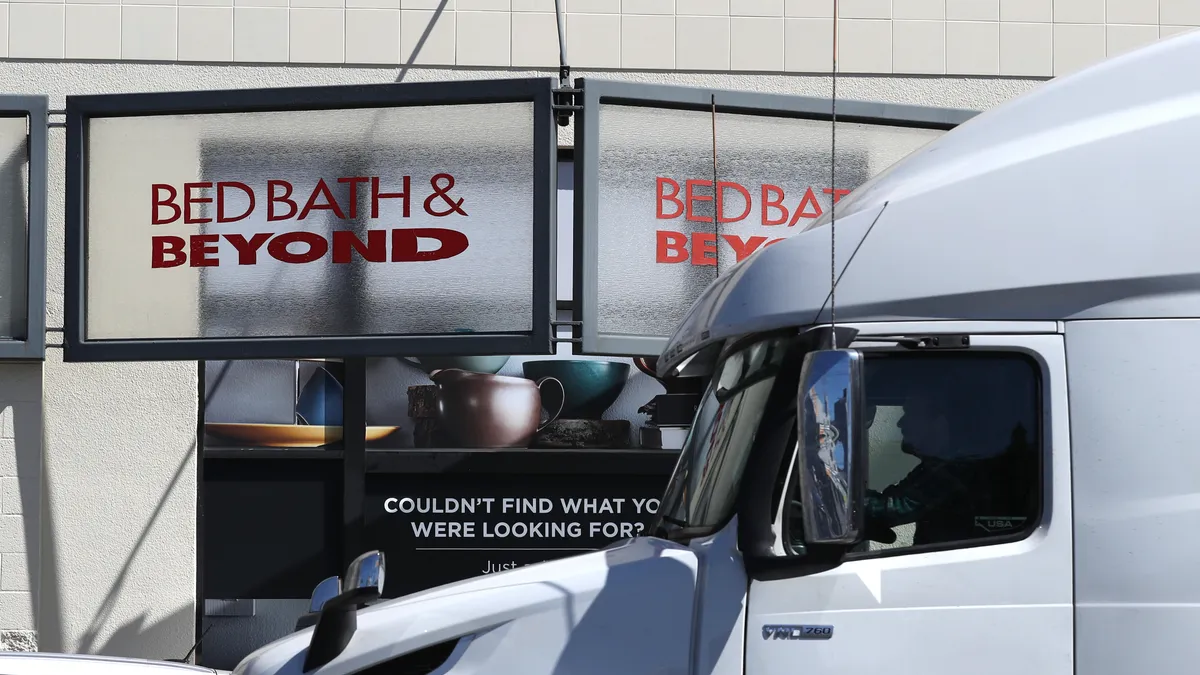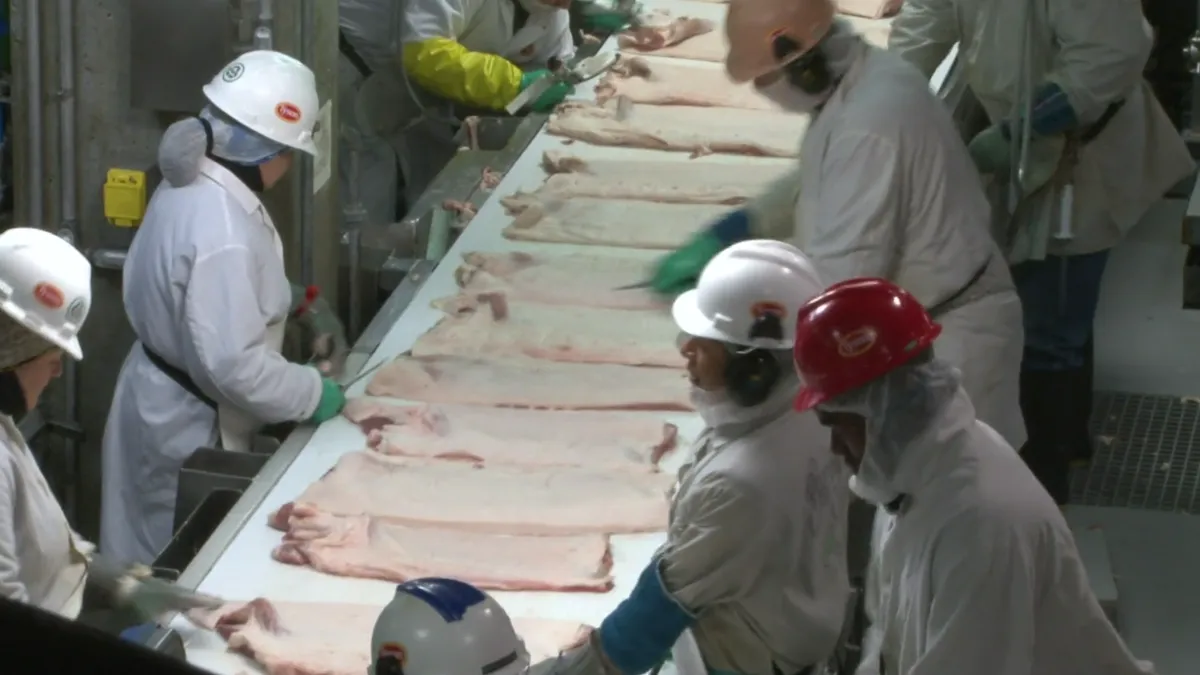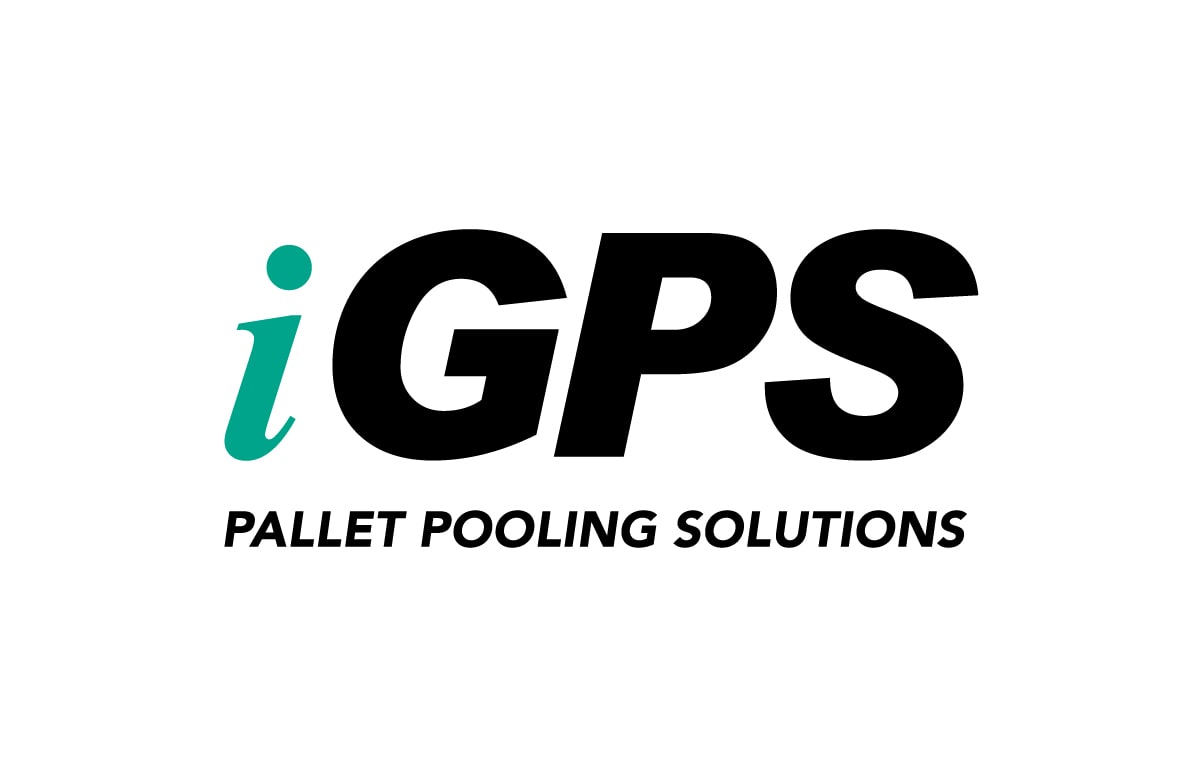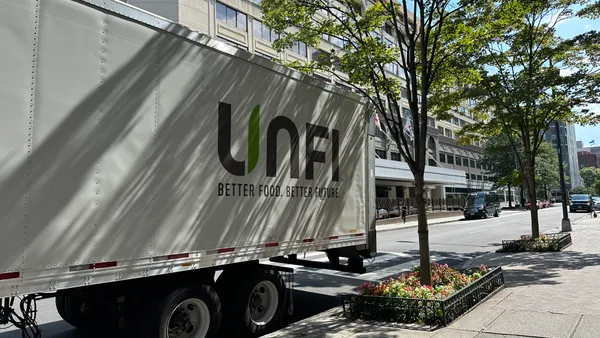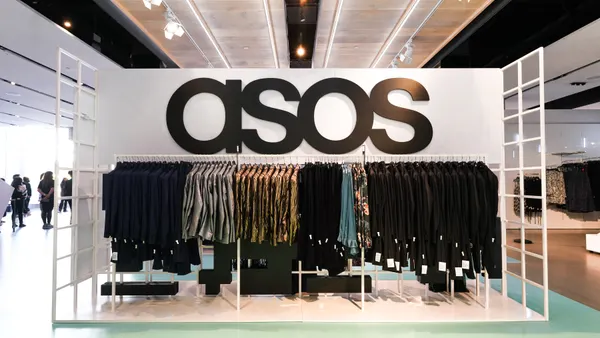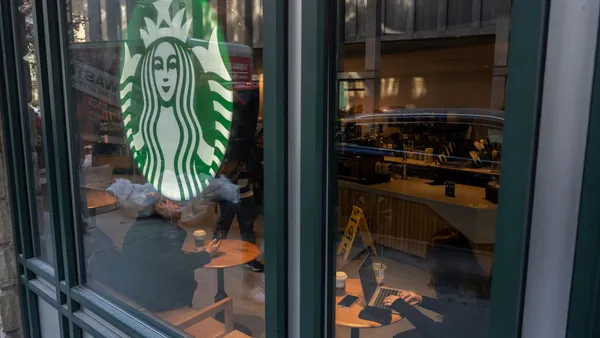Dive Brief:
- Improving Bed Bath & Beyond's supply chain is a top priority in the struggling home retailer's broader turnaround plan, Director and Interim CEO Sue Gove told analysts and investors on a Wednesday conference call.
- "We know that we need to optimize our supply chain infrastructure, and most importantly increasing the speed of getting product to our stores and to our customers," Gove said.
- Bed Bath & Beyond plans to lay off around 20% of corporate and supply chain employees as part of an aggressive effort to overhaul operations and make up for lost sales. The retailer is working with an unnamed outside firm to help it strengthen its supply chain, and the company is "already well underway with that comprehensive review," Gove said.
Dive Insight:
Bed Bath & Beyond was in the midst of transforming its supply chain prior to the company's announcement of a massive overhaul, and for good reason. Legacy infrastructure has hampered visibility and inventory flow to distribution centers and stores, limiting the company's ability to replenish stock and capture more sales.
“Our number one priority is continue to change our current systems and processes to unlock inventory in a faster and more efficient way to meet demand, above and beyond our mid- to long-term investments,” said then-President and CEO Mark Tritton on a January earnings call.
While better inventory flow remains a focus in the retailer’s latest transformation plan, the company also introduced many other changes to stem its losses.
Bed Bath & Beyond plans to reduce fiscal year 2022 capital spending from $400 million to $250 million, according to a news release.The company is also slashing excess inventory, adding to the list of retailers clearing stock as consumer demand slows.
Mara Sirhal, executive vice president and brand president of Bed Bath & Beyond, said on the call that the company will implement a three-pronged approach over the next several quarters to liquidate the excess: rolling out promotions and clearance sales, canceling orders and bumping inventory to third-party sellers and stores that are closing.
As Bed Bath & Beyond culls inventory, it is changing the mix of items that line its store shelves. The company is working to reduce the inventory penetration of its owned brands from 50% to 30% to make room for more national and emerging direct-to-consumer brands.
"The Company's teams are working closely with supplier and vendor partners to ensure customers have access to a strong assortment of their favorite brands across both store and digital channels," the news release said.



